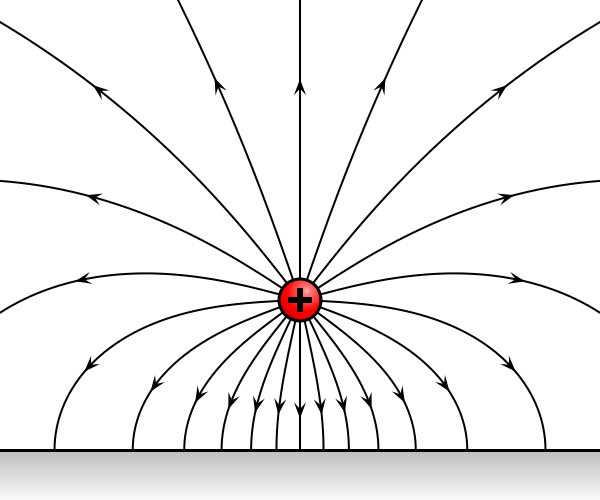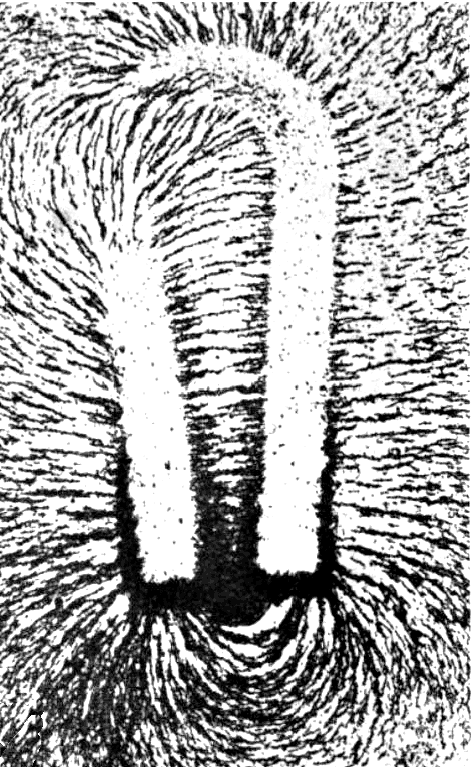What is the Difference Between Electric Field and Magnetic Field
The key difference between electric field and magnetic field is that electric field describes the area around the charged particles, whereas magnetic field describes the area around a magnet where the poles of the magnet show the force of attraction or repulsion.
The term electric field was introduced by Michel Faraday and refers to the surrounding of an electric charge unit that can exert a force on other charged particles in the field. Magnetic field is a term that describes the magnetic influence on moving electric charges, electric currents, and magnetic materials. This concept was introduced by Hans Christian Oersted.
CONTENTS
1. Overview and Key Difference
2. What is an Electric Field
3. What is a Magnetic Field
4. Electric Field vs Magnetic Field in Tabular Form
5. Summary
What is an Electric Field?
An electric field is the surrounding of an electric charge unit that can exert a force on other charged particles in the field. We can abbreviate this term as E-field as well. The charged particles in the electric field can be either attracted or repelled by the central charge unit, depending on the electrical charges and their magnitude.

Figure 01: Electric Field
When considering the atomic scale, an electric field is responsible for the attractive force between the atomic nucleus and the electrons. This attractive force is the glue that holds the nucleus and electrons together to make up the structure of an atom. Moreover, these attraction forces are important in chemical bond formation. The unit of measurement for electric field is volt per meter (V/m). This unit is exactly equal to the unit Newton per coulomb (N/C) in the SI unit system.
What is a Magnetic Field?
Magnetic field is a term that describes the magnetic influence on moving electric charges, electric currents, and magnetic materials. It is a vector field. Usually, a moving charge in a magnetic field tends to experience a force that is perpendicular to its own velocity and to the magnetic field.

Figure 02: Arrangement of Iron Powder in a Magnetic Field
When considering a permanent magnet, it has its magnetic field pulling on ferromagnetic materials, e.g. iron, and attract or repel other magnets. Additionally, a magnetic field tends to vary with the location of the field, and it can exert a force on some non-magnetic materials by affecting the motion of the outer atomic electrons.
Usually, a magnetic field surrounds a magnet or magnetic material. These magnetic fields are created from electric currents, such as electron movements occurring in electromagnets. Furthermore, they can be formed from electric fields that vary with time. Both strength and direction of a magnetic field vary with the location. We can describe it mathematically using a function assigning a vector to each point of the space (we can name it as vector field).
What is the Difference Between Electric Field and Magnetic Field?
The term electric field was introduced by Michel Faraday while the magnetic field was introduced by Hans Christian Oersted. The key difference between electric field and magnetic field is that the electric field describes the area around the charged particles, whereas the magnetic field describes the area around the magnet where the poles of the magnet show the force of attraction or repulsion. Furthermore, an electric field can act on both moving and non-moving charged particles, whereas a magnetic field acts only on moving charged particles.
The following infographic lists the differences between electric field and magnetic field in tabular form.
Summary – Electric Field vs Magnetic Field
The key difference between electric field and magnetic field is that electric field describes the area around the charged particles, whereas the magnetic field describes the area around the magnet where the poles of the magnet show the force of attraction or repulsion.
Reference:
1. “Electric Field vs Magnetic Field – Differences And Comparision.” BYJUS, BYJU’S, 31 July 2020.
Image Courtesy:
1. “VFPt image charge plane horizontal” By Geek3 – Own work (CC BY-SA 3.0) via Commons Wikimedia
2. “Magnetic field of horseshoe magnet” By Frank Eugene Austin (1916) Examples in Magnetism, 2nd Ed., Hanover, N.H., USA, p.31, plate 2 on Google Books (Public Domain) via Commons Wikimedia
ncG1vNJzZmivp6x7pbXFn5yrnZ6YsqOx07CcnqZemLyue9ahmK1lmah6tbTEZpuinpaav6a6wp5km52krLKmuoyeo56bpKe2pHnFopylnF2Wu6V5zJqep52knrBussieo51n